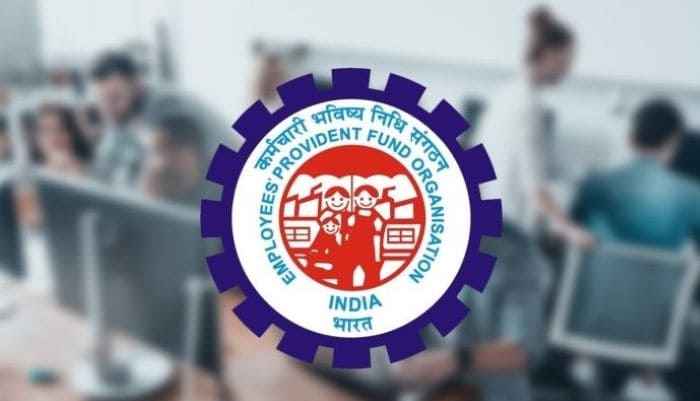The Employees' Provident Fund Organisation (EPFO) has introduced new guidelines that allow employees to withdraw their Provident Fund (PF) balances without requiring employer approval. This change simplifies the withdrawal process, enabling members to access their funds more conveniently.

Key Requirements for Online PF Withdrawal:
- Universal Account Number (UAN): Ensure your UAN is activated and linked to your EPF account.
- Aadhaar Linking: Your Aadhaar number must be linked and verified in the EPFO database.
- Bank Account Details: Your bank account information, including the IFSC code, should be linked to your EPF account.
- Mobile Number: A mobile number registered with your UAN is necessary to receive OTPs during the withdrawal process.
Steps to Withdraw PF Online Without Employer Approval:
1. Log in to the EPFO Member Portal:
- Visit the EPFO Member Portal: https://unifiedportal-mem.epfindia.gov.in/memberinterface/groww.in+5indiatvnews.com+5epfindia.gov.in+5
- Enter your UAN and password to access your account.
2. Verify KYC Details:
- Navigate to the 'Manage' tab and select 'KYC' to ensure your Aadhaar, PAN, and bank details are updated and verified.
3. Initiate Online Claim:
- Go to the 'Online Services' tab and choose 'Claim (Form-31, 19, 10C & 10D)'.
- Your details will be displayed; enter the last four digits of your bank account to verify.
- Click 'Proceed for Online Claim'.
4. Select Claim Type:
- Under 'I Want To Apply For', select the appropriate claim type (e.g., full EPF settlement, partial withdrawal).
- Provide the necessary details and upload required documents, such as a scanned copy of a cancelled cheque.
5.Submit and Track Claim:
- After submission, you can track the status of your claim through the portal.
- Once processed, the PF amount will be credited to your linked bank account, typically within 15-20 working days.
By following these steps, employees can efficiently withdraw their PF without the need for employer intervention, streamlining access to their retirement savings.
